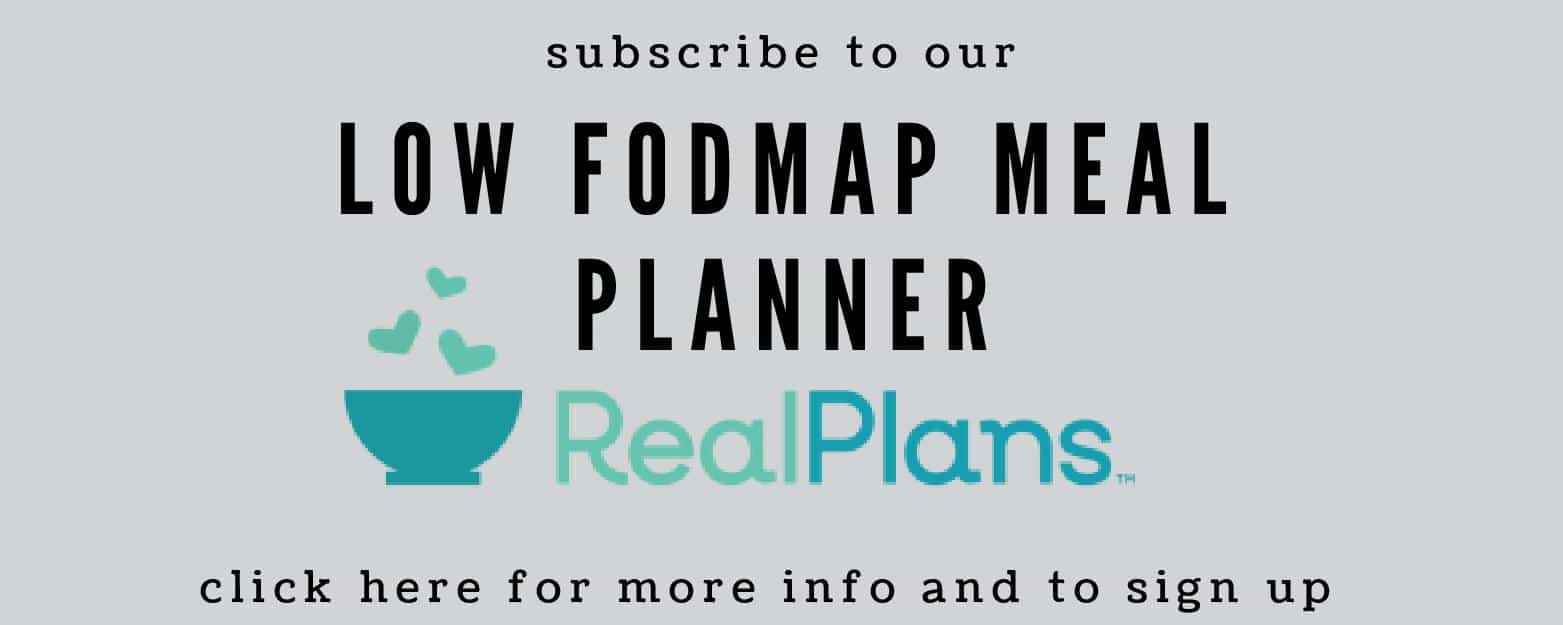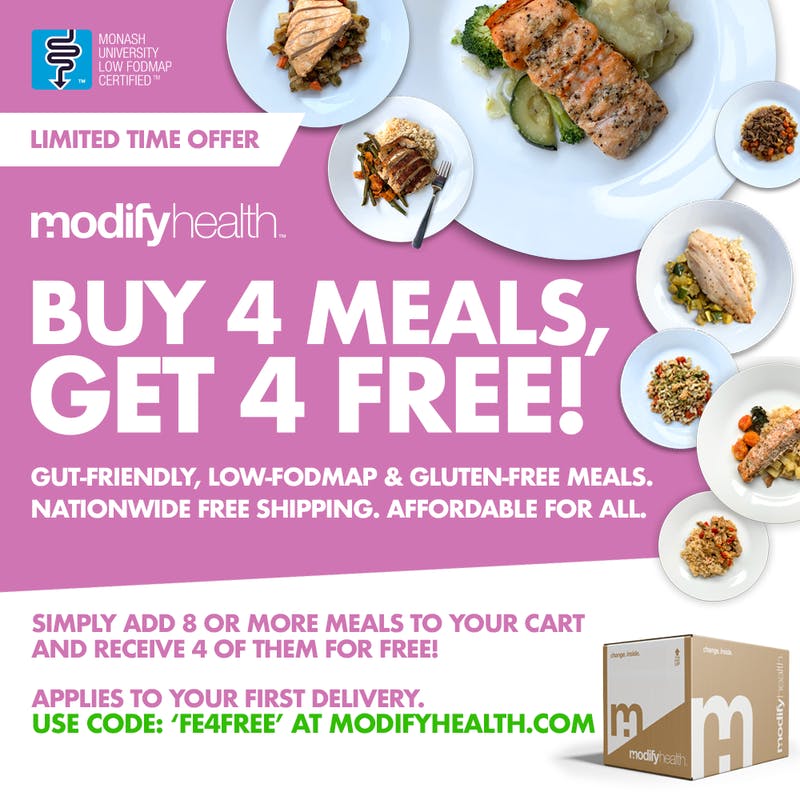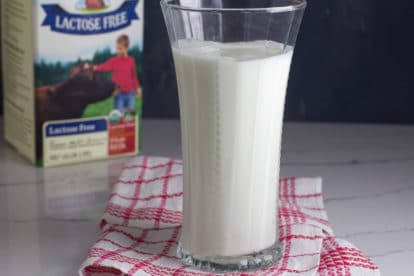A dozen American grocery staples are banned abroad due to ingredients that other countries deem too toxic to consume.
Ever walk down an American grocery aisle and feel like you’ve stepped into a candy-colored science lab? All those neon snacks, gooey fillings, and shiny packages look fun—but in many other countries, they’re flat-out banned. I once brought a box of Pop-Tarts to a friend in London, and she stared at it like I’d smuggled something illegal.
It turns out that a shocking 73% of the U.S. food supply is considered ultra-processed, packed with additives, preservatives, and flavor enhancers that you’d never find in a regular kitchen. It’s wild to think that what passes for a snack here could be treated like a health hazard somewhere else.
Skittles

Those colorful little candies that promise you can “taste the rainbow” come with a side of science Europe wants nothing to do with. Skittles in their current U.S. form are banned in the EU, Norway, and Sweden because they contain titanium dioxide and synthetic dyes linked to DNA damage and hyperactivity.
The EU has required companies to reformulate them without these additives. So yes, in some parts of the world, Skittles are literally too bright for safety.
Twinkies

Twinkies are practically a symbol of American pop culture, but some European countries have shut their doors to them. The issue? Synthetic color additives like Yellow 5, which are tightly restricted overseas.
They’re still legal in the U.S., but several European nations banned or forced reformulation years ago. It turns out that eternal shelf life comes with ingredients that don’t pass the global vibe check.
Froot Loops

Few things scream American breakfast like a neon bowl of Froot Loops. But in countries like Canada, Australia, and much of Europe, those same loops are banned due to the artificial colors Red 40, Yellow 5, and Yellow 6.
Studies have linked these dyes to hyperactivity in children and possible cancer risks. It’s a sugary start to the day that other nations decided wasn’t worth the rainbow payoff.
Lucky Charms

That sugary bowl of marshmallows and nostalgia might not be so lucky abroad. Some European countries restrict or label Lucky Charms due to the use of Red 40 and other artificial dyes.
The EU requires warning labels that say these additives “may have an adverse effect on activity and attention in children.” So while Americans see rainbows and clovers, Europeans see regulatory red flags.
Also on MSN: 10 Popular Beverages Facing Ingredient Bans in 2025
Stove Top stuffing

That easy Thanksgiving side dish comes with ingredients that make European regulators nervous. The preservatives BHA and BHT, used to keep the mix fresh, have shown potential carcinogenic effects in animal studies.
Japan, the U.K., and the EU have banned or severely limited their use. For Americans, though, it’s still a holiday staple—just with an extra side of science.
Gatorade

It’s the drink of athletes, but in parts of Europe, Gatorade’s glow is a no-go. The issue is brominated vegetable oil (BVO), which was once used to keep the flavor evenly distributed but is also linked to thyroid and neurological effects.
The European Food Safety Authority banned it as a food additive. PepsiCo reformulated Gatorade in some markets, but the older versions still raise eyebrows overseas.
Pop-Tarts

There’s nothing like a toasted Pop-Tart on a sleepy morning—but in Europe, that’s a treat you’ll struggle to find. The EU and the U.K. have banned Red Dye No. 3 and trans fats, both of which are used in classic American Pop-Tarts.
Red 3 has been linked to cancer in animal studies, and trans fats are notorious for raising heart disease risk. Europe prefers breakfast without that chemical kickstart.
Ritz crackers

Crispy, buttery, and found in almost every U.S. pantry, Ritz crackers have faced bans in Brazil, parts of Europe, China, and Iceland. The culprit is trans fat, which increases the risk of bad cholesterol and heart disease.
Many countries have eliminated industrial trans fats entirely. Meanwhile, in the U.S., they remain in some processed foods—quietly sitting on shelves as if nothing had happened.
Coffee Mate creamer

That smooth, non-dairy splash you pour into your morning coffee? Some countries would rather you didn’t.
Coffee Mate contains partially hydrogenated oils, a major source of trans fats, and has been banned in Denmark, Norway, Iceland, and Switzerland. These oils raise LDL (bad) cholesterol levels and lower HDL (good) cholesterol levels.
U.S. pork and beef products

The U.S. produces millions of tons of pork and beef using ractopamine—a growth additive banned in 70 countries, including the EU, China, and Russia. These regions cite risks to human heart health and hormone balance, as well as environmental concerns.
American farmers argue it’s safe, but international regulators aren’t convinced. The result: much of the world simply says no thanks to U.S. meat.
Little Debbie Swiss Rolls

Soft, chocolatey, and nostalgic—Swiss Rolls feel harmless until you look at the ingredient list. Austria, Norway, and the European Union disagree with the use of Red 40 and Yellow 5, both of which are under scrutiny for potential carcinogenic and behavioral effects.
While Americans still enjoy them guilt-free, Europeans prefer their desserts without a chemistry set.
Bread with potassium bromate

It sounds like something from a lab experiment, and that’s exactly why it’s banned across the U.K., Canada, Brazil, and the EU. Potassium bromate is a dough conditioner that helps bread rise higher and whiter, but has been linked to cancer in animal studies.
The International Agency for Research on Cancer classifies it as a possible carcinogen. Despite that, it’s still used in U.S. bakeries, hiding in the fluffiest loaves.
Key takeaways

Much of America’s food supply runs on ingredients the rest of the world won’t touch. Many U.S. staples rely on additives like artificial dyes, trans fats, and chemical preservatives, banned in dozens of countries for health or safety reasons. What’s “normal” here often raises red flags abroad.
Other nations prioritize prevention over convenience. Europe, Canada, and parts of Asia tend to ban or label questionable additives long before long-term studies are conclusive. The U.S., on the other hand, often waits for proof of harm before acting — which means Americans consume more ultra-processed foods with fewer warnings.
Reading ingredient labels isn’t just for health nuts — it’s self-defense. Many banned ingredients hide in nostalgic favorites like Pop-Tarts, Skittles, and Ritz crackers. Knowing what’s inside your food can help you make smarter choices, even if regulators haven’t caught up yet.
Disclaimer – This list is solely the author’s opinion based on research and publicly available information. It is not intended to be professional advice.
12 laws and rules about food in other countries

12 Laws And Rules About Food In Other Countries
Food is more than just nourishment; it’s a reflection of culture, tradition, and, in many cases, the law. Around the world, various countries have established distinct food regulations that may surprise travelers and food enthusiasts alike.
These laws reveal how deeply societies value what ends up on their plates. Here are 12 fascinating food laws and rules from around the globe that show just how diverse and sometimes unexpected our relationship with food can be.
15 foods from the ’60s most boomers loved with a passion

15 Foods From the ’60s Most Boomers Loved With a Passion
The 1960s were a period of profound social and cultural transformation in America. As the baby boomer generation came of age, they embraced new ideas, fashion trends, and music styles. And when it came to food, some beloved dishes defined this era.
Here are 15 foods from the ’60s that most boomers loved passionately.





